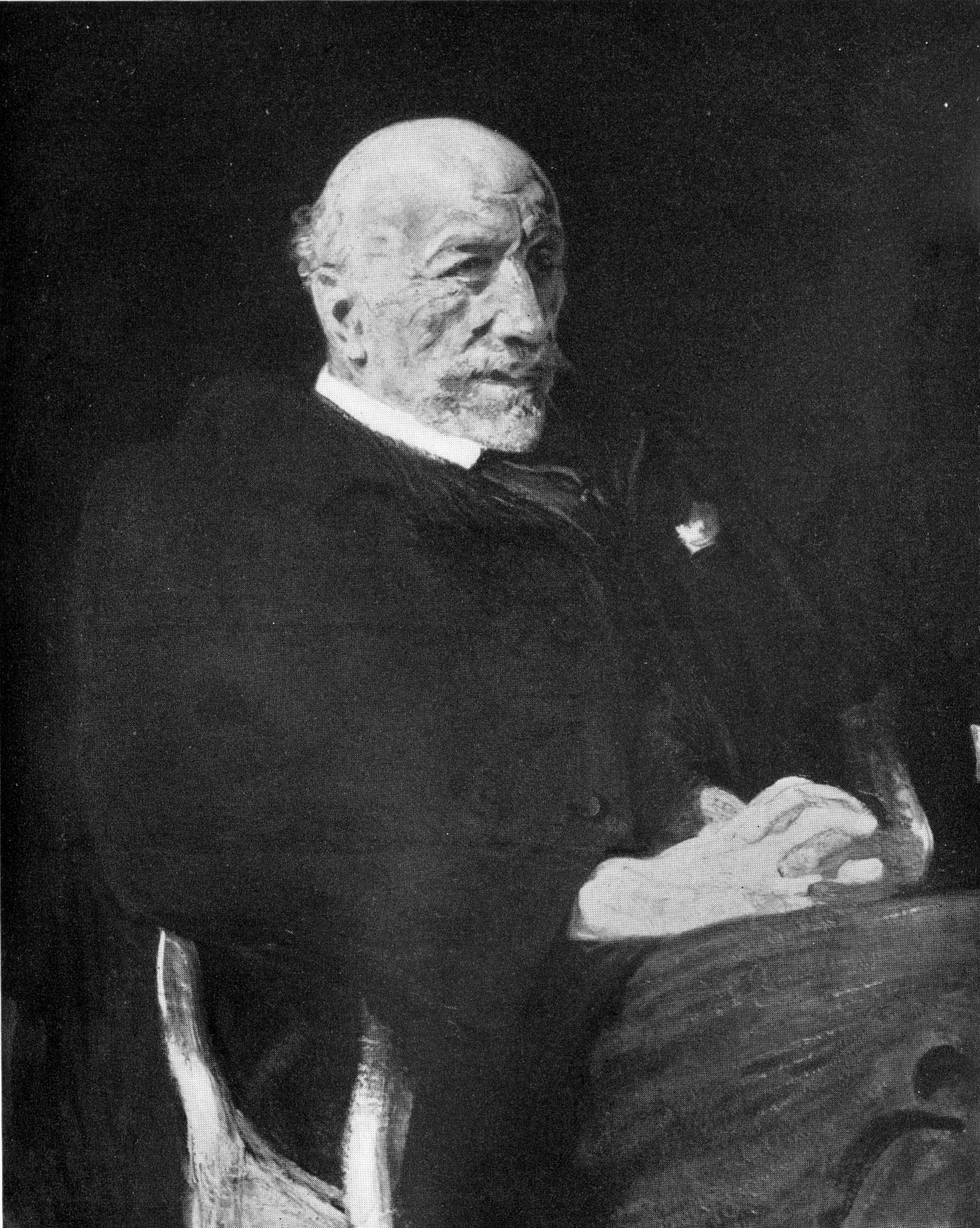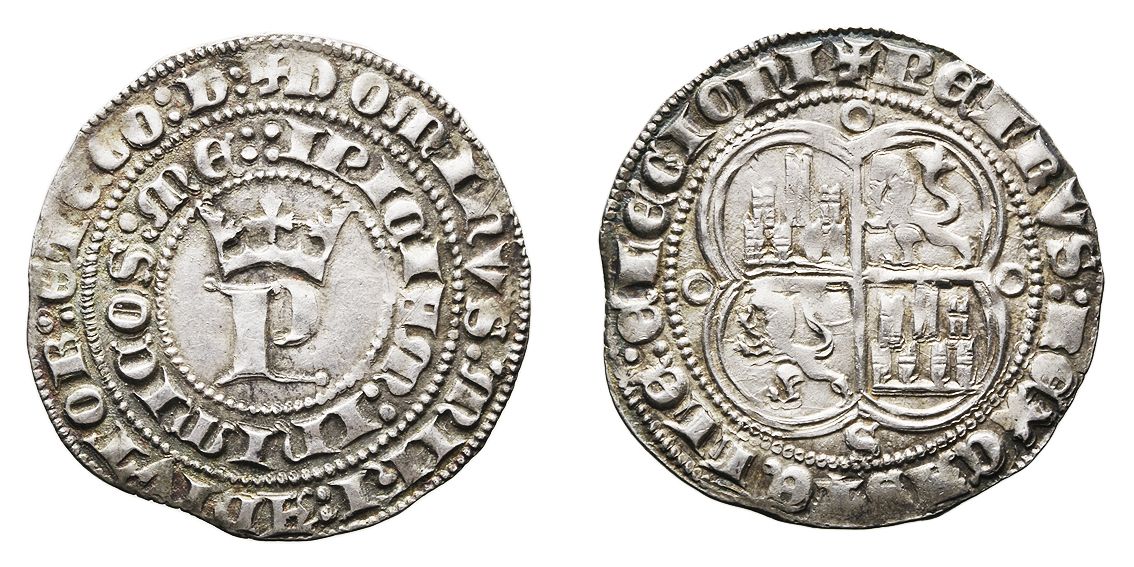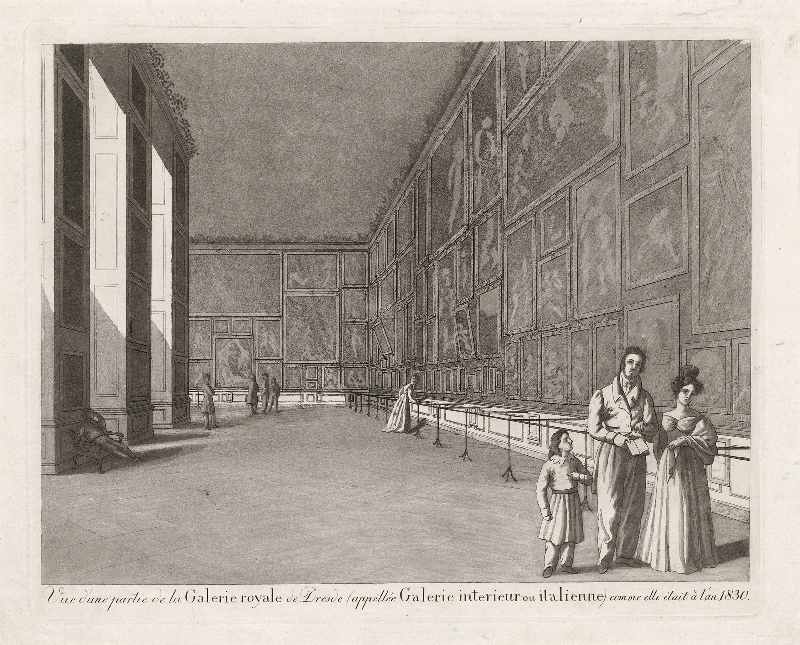|
Juan Mateos (courtier)
Juan Mateos ( – 15 August 1643) was a horseback hunter and the principal arbalist of Philip IV of Spain. In 1634, he authored ''Origen y dignidad de la caça'' (Origin and Dignity of Hunting), a hunting treatise dedicated to the Count-Duke of Olivares. In his dedication he said, "I write solely what I have done, and what I have seen; and what I have seen, do." ( es, yo eſcrivo ſolamente lo que he hecho, y lo que he viſto; y lo que he viſto hazer.) Background He was the son of Gonzalo Mateos, senior arbalist to the Marquis of Villanueva del Fresno from 1601 to 1606, i.e., while the Spanish . Mateos entered the service of Margaret of Austria as a crossbowman and hunter. Upon her death in 1611, he entered the service of her husband, Philip III, and later the service of their son Philip IV. Mateos' likeness is known through a bust portrait engraved by Pedro Perete that appears on the front of ''Origen y dignidad de la caça'', one of whose illustrations is signed by painte ... [...More Info...] [...Related Items...] OR: [Wikipedia] [Google] [Baidu] |
Biblioteca Nacional De España
The Biblioteca Nacional de España (''National Library of Spain'') is a major public library, the largest in Spain, and one of the largest in the world. It is located in Madrid, on the Paseo de Recoletos. History The library was founded by King Philip V in 1711 as the Palace Public Library (Biblioteca Pública de Palacio). The Royal Letters Patent that he granted, the predecessor of the current legal deposit requirement, made it mandatory for printers to submit a copy of every book printed in Spain to the library. In 1836, the library's status as Crown property was revoked and ownership was transferred to the Ministry of Governance (Ministerio de la Gobernación). At the same time, it was renamed the Biblioteca Nacional. During the 19th century, confiscations, purchases and donations enabled the Biblioteca Nacional to acquire the majority of the antique and valuable books that it currently holds. In 1892 the building was used to host the Historical American Exposition. On 16 ... [...More Info...] [...Related Items...] OR: [Wikipedia] [Google] [Baidu] |
Carl Justi
Carl Justi (2 August 1832, in Marburg – 9 December 1912, in Bonn) was a German art historian, who practised a biographical approach to art history. Professor of art history at the University of Bonn, he wrote three major critical biographies: of Johann Joachim Winckelmann, of Diego Velázquez and of Michelangelo. Life Born in Marburg, Justi studied theology at the University of Berlin before transferring to philosophy. He graduated in 1859 with a thesis 'Über die ästhetischen Elemente in der platonischen Philosophie'. Justi established his reputation with a three-volume work on Johann Joachim Winckelmann. He succeeded Anton Springer in the chair of art history at the University of Bonn, holding the post from 1872 until 1901. Works * ''Die ästhetischen Elemente in der platonischen Philosophie: ein historisch-philosophischer Versuch'', Marburg: N. G. Elwert, 1860 * ''Winckelmann: sein Leben, Seine Werke und sein Zeitgenossen''. 3 vols. Leipzig: F. C. W. Vogel, 1866–72. ... [...More Info...] [...Related Items...] OR: [Wikipedia] [Google] [Baidu] |
1643 Deaths
Events January–March * January 21 – Abel Tasman sights the island of Tonga. * February 6 – Abel Tasman sights the Fiji Islands. * March 13 – First English Civil War: First Battle of Middlewich – Roundheads ( Parliamentarians) rout the Cavaliers (Royalist supporters of King Charles I) at Middlewich in Cheshire. * March 18 – Irish Confederate Wars: Battle of New Ross – English troops defeat those of Confederate Ireland. April–June * April 1 – Åmål, Sweden, is granted its city charter. * April 28 – Francisco de Lucena, former Portuguese Secretary of State, is beheaded after being convicted of treason. * May 14 – Louis XIV succeeds his father Louis XIII as King of France at age 4. His rule will last until his death at age 77 in 1715, a total of 72 years, which will be the longest reign of any European monarch in recorded history. * May 19 ** Thirty Years' War: Battle of Rocroi: The French defeat the Spa ... [...More Info...] [...Related Items...] OR: [Wikipedia] [Google] [Baidu] |
16th-century Births
The 16th century begins with the Julian year 1501 ( MDI) and ends with either the Julian or the Gregorian year 1600 ( MDC) (depending on the reckoning used; the Gregorian calendar introduced a lapse of 10 days in October 1582). The 16th century is regarded by historians as the century which saw the rise of Western civilization and the Islamic gunpowder empires. The Renaissance in Italy and Europe saw the emergence of important artists, authors and scientists, and led to the foundation of important subjects which include accounting and political science. Copernicus proposed the heliocentric universe, which was met with strong resistance, and Tycho Brahe refuted the theory of celestial spheres through observational measurement of the 1572 appearance of a Milky Way supernova. These events directly challenged the long-held notion of an immutable universe supported by Ptolemy and Aristotle, and led to major revolutions in astronomy and science. Galileo Galilei became a champion ... [...More Info...] [...Related Items...] OR: [Wikipedia] [Google] [Baidu] |
Spanish Real
The ''real'' (English: /ɹeɪˈɑl/ Spanish: /reˈal/) (meaning: "royal", plural: ''reales'') was a unit of currency in Spain for several centuries after the mid-14th century. It underwent several changes in value relative to other units throughout its lifetime until it was replaced by the '' peseta'' in 1868. The most common denomination for the currency was the silver eight-''real'' Spanish dollar (''Real de a 8'') or peso which was used throughout Europe, America and Asia during the height of the Spanish Empire. History In Spain and Spanish America The first real was introduced by King Pedro I of Castile in the mid 14th century, with 66 minted from a ''Castilian mark'' of silver (230.0465 grams) in a fineness of (0.9306), and valued of 3 ''maravedíes''. It circulated beside various other silver coins until a 1497 ordinance eliminated all other coins and retained the real (now minted 67 to a mark of silver, 0.9306 fine, fine silver of 3.195 grams) subdivided into 34 ... [...More Info...] [...Related Items...] OR: [Wikipedia] [Google] [Baidu] |
Prince Baltasar Carlos In The Riding School
''Prince Baltasar Carlos in the Riding School'', es, La lección de equitación del príncipe Baltasar Carlos, is a painting by Diego Velázquez, painted at the Palacio del Buen Retiro outside Madrid, probably in 1636. There are two versions of the painting, one on loan to the National Gallery in London, the other in the Wallace Collection in the same city; the latter is sometimes attributed to the studio of Velázquez, sometimes to Velázquez himself. History The original version of the work was loaned to the National Gallery in London in 2007–2008. The first documented mention of the later version is in a letter written in 1828 from Madrid by the Scottish artist David Wilkie, who described it as a "duplicate" of the painting in the possession of Robert Grosvenor, 2nd Earl Grosvenor. In 1856 it was bought by Richard Seymour-Conway, 4th Marquess of Hertford, at a sale of the effects of the poet Samuel Rogers, and so passed into the Wallace Collection. The paintings ... [...More Info...] [...Related Items...] OR: [Wikipedia] [Google] [Baidu] |
Alonso Martínez De Espinar
Alonso Martínez de Espinar (5 May 158814 May 1682) was a Spanish courtier and one of three important writers on venery of the Spanish Baroque. He was a ''ballestero'' ("crossbowman") and arquebusier to several kings of Spain. Life Martínez de Espinar was the son of Cristóbal Martínez de Espinar, of Baza in Granada, and Juana Hernández Sacristán, who was from Brunete in the province of Madrid. He was baptised in the church of San Martín in Madrid. He had a sister, Jerónima Martínez de Espinar, who married Alonso Mateos, who was ''ballestero'' to the King of Spain and the brother of Juan Mateos, author of another important book on venery. Pictorial representations Martínez de Espinar appears in the original version of ''Prince Baltasar Carlos in the Riding School'' painted by Diego Velázquez at the Palacio del Buen Retiro in 1636. He is shown in the right middle ground of the picture, handing a lance to Gaspar de Guzmán, Count-Duke of Olivares, riding- ... [...More Info...] [...Related Items...] OR: [Wikipedia] [Google] [Baidu] |
Enriqueta Harris
Enriqueta Harris Frankfort (17 May 1910 — 22 April 2006) was a British art historian and writer who specialised in Spanish art. Born into a family with an English father and a Spanish mother, she attended the University College London to read modern languages and later studied a Doctor of Philosophy art degree under Tancred Borenius. Harris travelled to Spain to research Caravaggio's influence on 17th-century Spanish paintings and her first book was published in 1938. She billeted Basque child refugees during the Spanish Civil War and worked with the Ministry of Information to keep Spain neutral during World War II. After the war ended she worked in the Warburg Institute and was offered the post in their photographic collection in 1947. Harris worked there until her retirement albeit for two years when she was married to the institution's director Henri Frankfort. Her work on Spanish paintings earned her widespread recognition in the country and received multiple awards and ho ... [...More Info...] [...Related Items...] OR: [Wikipedia] [Google] [Baidu] |
Gemäldegalerie Alte Meister
The Gemäldegalerie Alte Meister (, ''Old Masters Gallery'') in Dresden, Germany, displays around 750 paintings from the 15th to the 18th centuries. It includes major Italian Renaissance works as well as Dutch and Flemish paintings. Outstanding works by German, French, and Spanish painters of the period are also among the gallery's attractions. The Old Masters are part of the Dresden State Art Collections. The collection is located in the Semper Gallery, the gallery wing of the Zwinger. History When the ''Kunstkammer'' (Art Chamber) of the Electors of Saxony in Dresden was founded by Augustus, Elector of Saxony in 1560, paintings were subordinate to collectors' pieces from science, other art works and curiosities.Harald Marx: ''Gemäldegalerie Dresden - Führer Alte Meister ''. E. A. Seemann, Leipzig, 3. Aufl., 2006, , pp. 8-17. It was not until the beginning of the 18th century that Augustus II the Strong and his son Frederick Augustus II started to collect paintings s ... [...More Info...] [...Related Items...] OR: [Wikipedia] [Google] [Baidu] |
Don Juan Mateos
''Don Juan Mateos'' is an oil on canvas painting widely attributed to Diego Velázquez created circa 1632–3. Background This work is widely attributed to Diego Velázquez and has been dated to 1632 or 1633. The portrait is referenced in 1685 among the assets of as "''ritratto di Monsu Velasco ..quale figura que ha le mani solo abbozzate''" or "portrait of Signor Velasco ... hands but roughly sketched". Sold as the work of Rubens in 1746 to Augustus III of Poland, it passed from his collection into the Gemäldegalerie Alte Meister in Dresden, where for some time it was considered the work of Titian. The portrait, cut below the waist, wears black with golden highlights and a white collar. The hands, only outlined, rest the right on the hilt of a pistol the left on the sword. The figure is cut out on a reddish-gray background, brighter in front of the figure. The head, intensely illuminated and slightly turned, looks at the viewer with a penetrating gaze. Signs of ageing in ... [...More Info...] [...Related Items...] OR: [Wikipedia] [Google] [Baidu] |
Francisco Collantes
Francisco Collantes (1599–1656) was a Spanish Baroque era painter. Collantes was born in Madrid but sought influence from Jusepe de Ribera and the Neapolitan School. He was also influenced by 16th century Venetian Venetian often means from or related to: * Venice, a city in Italy * Veneto, a region of Italy * Republic of Venice (697–1797), a historical nation in that area Venetian and the like may also refer to: * Venetian language, a Romance language s ... painters and was renowned for his landscapes and biblical scenes. Collantes at Web Gallery of Art. Retrieved Nov. 22, 2007. His works included ''The Burning Bush'' (c. 1634) which is now at the Louvre, ''Agar and Ishmael'' which is now at the Museum of Art, Rhode Island School of Design, in Providence, and ''The Vision of Ezekiel'', ''Saint Arnulph'' and ''The Fall of Troy'' (abou ... [...More Info...] [...Related Items...] OR: [Wikipedia] [Google] [Baidu] |






